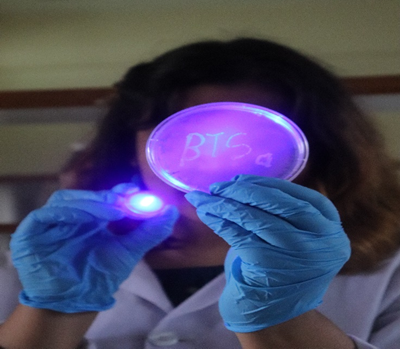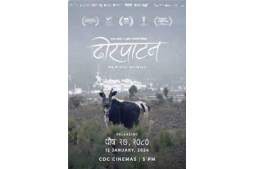
Photo: Media Lab Nepal
Every Saturday, students from different disciplines assembled at Central Department of Biotechnology, Tribhuvan University to discuss community problems, problem validations, and solutions. This is how they celebrate the holiday. The program is coordinated by Media Lab Nepal in collaboration with the Central Department of Biotechnology.
Media Lab Nepal was initiated to teach biohacking for the first time in Nepal through “Learn and Teach” approach. Later initiative broadened its areas to teach the method of innovations becoming the only one REDX (Rethink-Engineering-Design-Execution) club of Nepal. The team believes that innovations come before entrepreneurship and problems play a major role during innovations. It follows the specific procedure for problem validation, resource mapping, and solution selection. “Western air of entrepreneurship where innovation is in peak has touched the underdeveloped communities where there is no innovation. Mushrooming incubation center and accelerator programs will do nothing if we cannot innovate with time. Innovation is not a google search or copying foreign tools,” says a team member.
The initiative is conducting genome editing using CRISPR, bioluminescent bacterial transformation and simple biohacking workshops in collaboration with international partners like ODIN. ODIN is a company leading biohacker movement which is also creating kits and tools that allow anyone to make unique and usable organisms at home or in a lab or anywhere. It has also successfully organized Hult Prize for the first time at Purbanchal University. Hult Prize has helped students of the university to gain knowledge on innovations and entrepreneurship side by side. Thutocycle- cigarette butts recycling initiative and Baja Nepal are also the outputs of Media Lab Nepal.
Media Lab Nepal is introducing Supermind thinking for the first time in Nepal. “It is like design thinking to some extent but not to the whole extent. It is a thinking which explores how people and computers can be connected so that collectively they act more intelligently than any person, group or computer has ever done before,” Says Sudarshan GC, a participant of MIT Supermind.






Leave A Comment